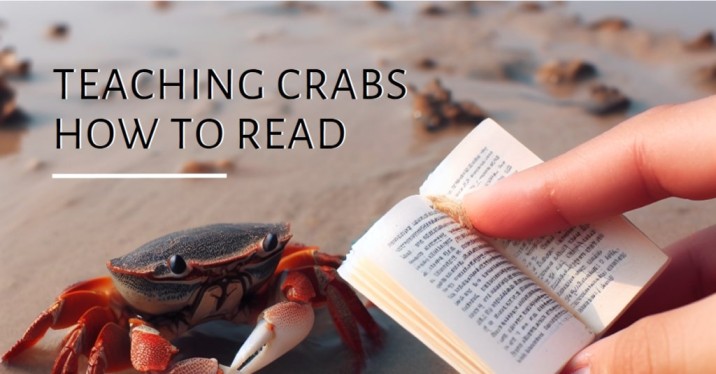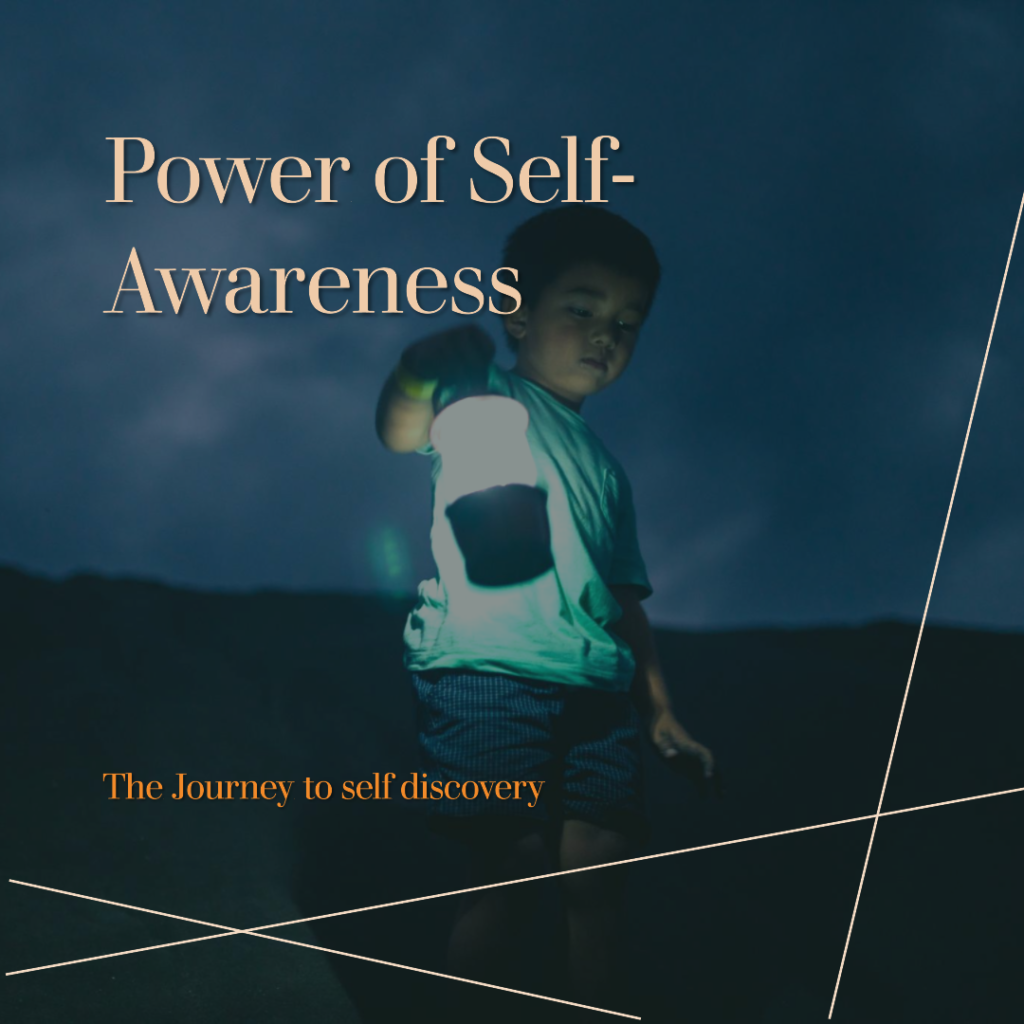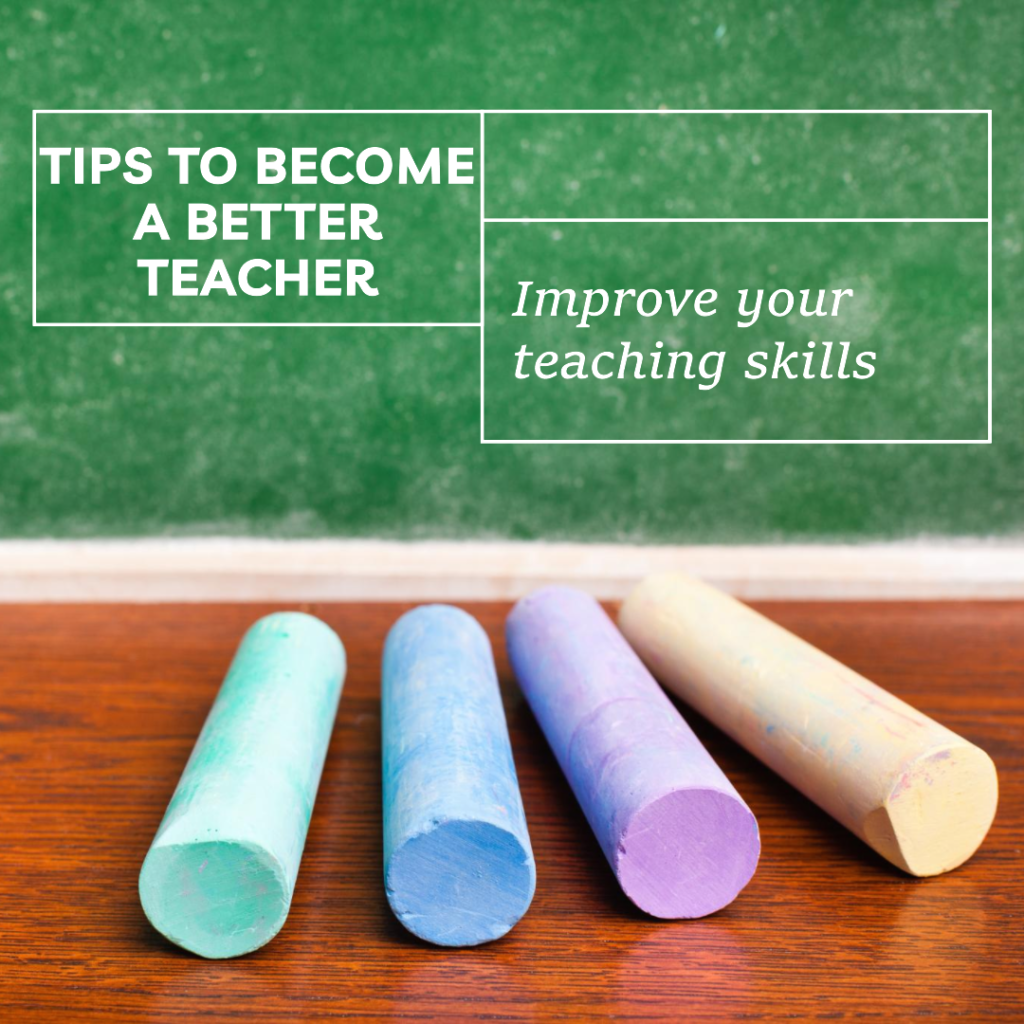What is the “Teaching Crabs How to Read” idea?
What is Teaching Crabs How to Read? Contrary to popular myth, the idea of Teaching Crabs How to Read is a whimsical and humorous concept that some people have playfully entertained. While the idea suggests that crabs can learn to read, it is essential to clarify that this is not a real phenomenon. Instead, educators can leverage this imaginative trend to infuse creativity into the learning environment and enhance kids’ literacy skills in a captivating way. How to use this funny trend to help your students? Despite its fictional nature, the “Teaching Crabs How to Read” trend can be a valuable tool for educators. By incorporating humour and imagination into the learning process, students are more likely to stay engaged and develop a positive attitude toward literacy. This playful approach turns reading into an enjoyable adventure, fostering a love for learning among young minds. Exploring Literacy Adventures for Kids To embark on literacy adventures, educators can integrate interactive learning tools that bring stories to life. From interactive storytelling apps to captivating e-books, these tools unleash the power of technology to captivate young minds. By incorporating multimedia elements, educators can cater to diverse learning styles, making literacy exploration a dynamic and personalized experience. Unleashing the Power of Interactive Learning Tools One key aspect of the “Teaching Crabs How to Read” initiative is the use of interactive learning tools. These tools go beyond traditional methods, offering a hands-on and immersive approach to literacy. Incorporating technology such as tablets, interactive whiteboards, and educational apps turns reading sessions into dynamic, participatory experiences that resonate with tech-savvy young learners. Explore free teaching resources at iProf Shop Diving into Letters: A-Z Exploration for Young Readers Navigating the alphabet is a crucial step in the literacy journey. The “Teaching Crabs How to Read” idea encourages educators to dive into letters through A-Z exploration. Utilizing resources like flashcards that showcase action verbs associated with each letter, educators can make the learning process interactive and memorable. This approach not only reinforces letter recognition but also introduces vocabulary in a lively and engaging manner. Discover Action Verbs A to Z Flashcards Enhancing Literacy Through Games and Activities Learning becomes even more enjoyable when infused with games and activities. The “Teaching Crabs How to Read” trend suggests incorporating educational games, like a unique blend of Pictionary and Dominoes. By turning literacy exercises into playful competitions, students not only enhance their reading skills but also develop critical thinking and teamwork. Check out the engaging Alphabet UNO Game Educational Resources that Stand the Test of Tides To ensure a long-lasting impact, educators can rely on educational resources that stand the test of tides. Utilizing products like A to Z Jobs Flashcards, which introduce children to various occupations, adds a real-world connection to literacy. These resources go beyond the classroom, providing continuous learning opportunities that extend into everyday life. Explore A to Z Jobs Flashcards In the end, while “Teaching Crabs How to Read” remains a funny trend, it’s imaginative nature can be harnessed to create a dynamic and innovative learning experience. By incorporating interactive tools, exploring the alphabet creatively, and infusing literacy with games, educators can shape engaging literacy lessons. Be a part of excellence in ESL education with our Patreon! Only $7 a month will give and entire access to a monthly teaching resources.
What is the “Teaching Crabs How to Read” idea? Read More »



